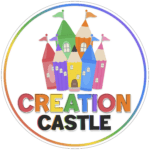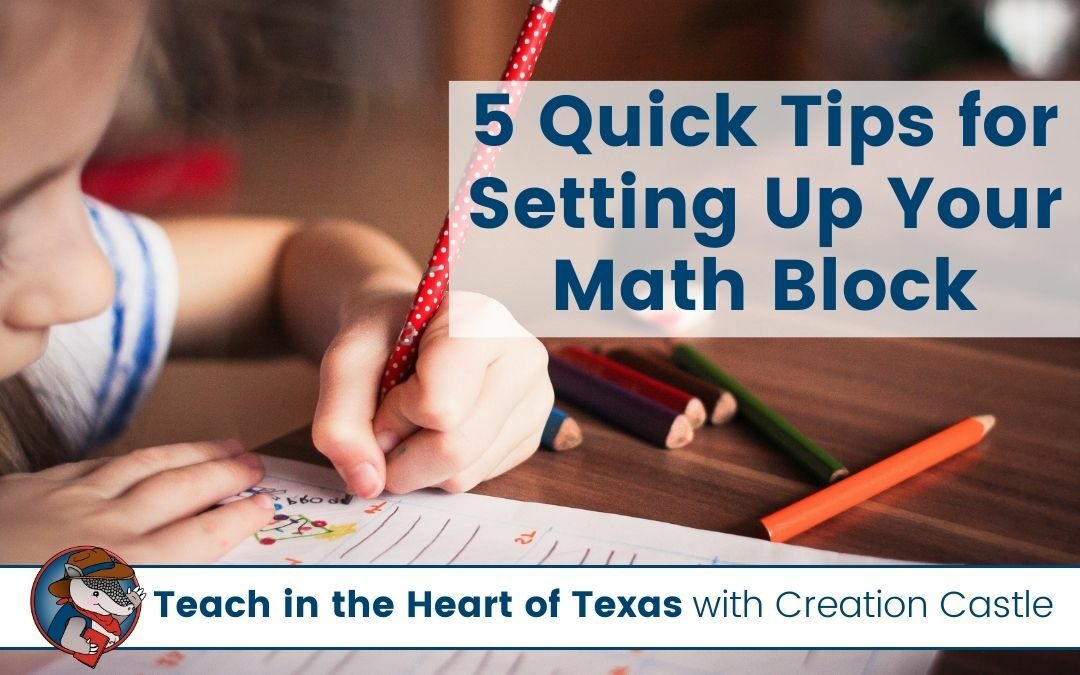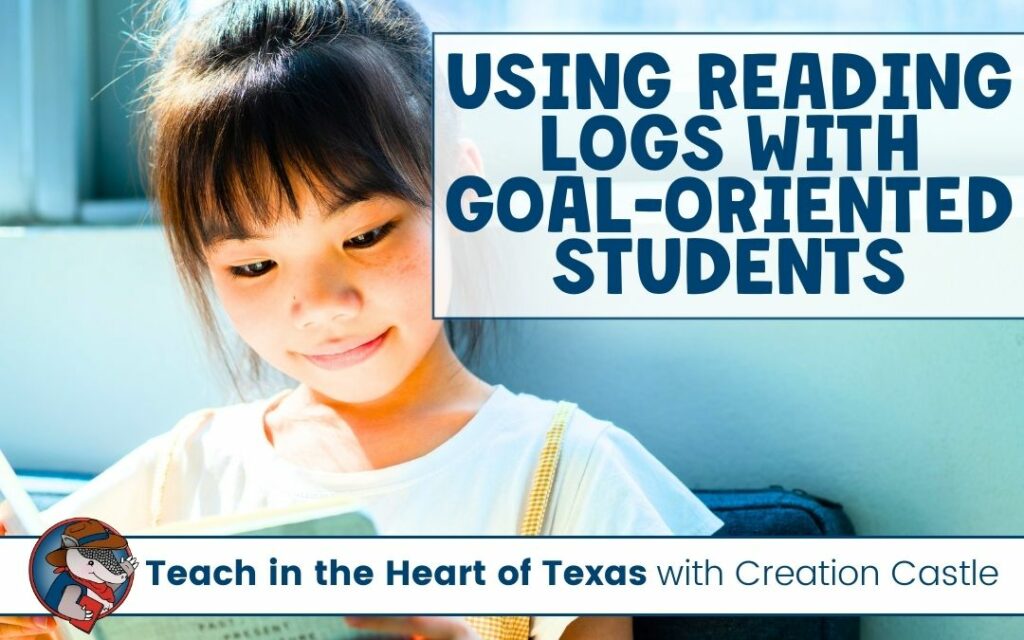Math can be a challenging subject for many students, and as a teacher, it can be challenging to plan and implement a successful math block. However, with careful planning and preparation, you can create a positive and productive math block that engages your students and helps them learn.
In this blog post, we will share five tips for planning and implementing a successful math block, including how to plan out your entire math block, set clear expectations, have a designated place for materials, begin with a quick win, and meet your students where they are. These tips will help you create a structured and engaging math block that meets the needs of all your students, regardless of their level or learning style.
Table of Contents
Plan Out Your Entire Math Block
I know we are talking about the start of your math block right now, but to know what you will do at the beginning of your block, you need to have an idea of what you will do through the entire block.
This will look different in every classroom depending on your curriculum, district expectations, and student needs. Generally speaking, you will want to have an idea of the flow of your block. It may look something like this:
5 minutes: Daily Math Journals
20 minutes: Whole Group Lesson
55 minutes: Math Centers
5 minutes: Student Reflection
5 minutes: Math Movement (Brain Break)
Having a set schedule will allow you to know how much flexibility you have in your day. Some math concepts students will just get right away and your whole group lesson will be short and sweet. On those days, you could plan to replace your math journals with a quick review game. On other days you may find that your students will need extra support with the whole group lesson and you want to spend a little extra time reviewing past concepts. The key here is to be a little flexible.
Set Clear Expectations

Think about what time of day your math block is happening. Is it at the beginning of the day when students come in? Make sure your students know after they come in, they are expected to put away their things, make their lunch choice, and then pull out their math journals as they wait for announcements to start.
Or maybe your math block comes right after specials when your students aren’t as focused on their academics. You might want to set the expectation that students come back into the classroom and gather the necessary supplies for your math block and then rest their heads on their desks to show they are ready.
If your specials, lunch, and recess are all at the beginning of the day (those are the worst schedules!), your students might need to get up and let out some energy before switching gears to math. Pull up a brain break focused on numbers or shapes to keep their mind on math while letting their wiggles out.
Have a Designated Place for Materials
One thing you’ll find your students need for your math block is lots of materials. That may be their math journals, manipulatives, or simply a pack of crayons. Have a set place in your classroom where your math materials are stored that students can easily access when needed. Along that line, if you have a math folder or binder, teach your students to keep it organized so it is ready to go each time they pull it out.
Begin with a Quick Win
Now that you know your math block’s general flow, really stop to think about how you want to start your math instruction. Giving your students a quick win can make a huge difference in the next 85 minutes of instruction.
A great way to do this is through a spiral review or daily math journal. During this time, you could also choose to implement a number of the day or problem of the day. Or, if you are trying to get your students engaged during the afternoon slump, maybe the quick win should be a math-based brain break. Do what feels right for your schedule and your students.
Meet Your Students Where They Are
During your math rotations, it is essential that students are working on skills that have already been introduced. You should never ask students to complete a center activity over a topic they know nothing about.
If possible, differentiate your materials for all your students. Here are a few ways to achieve this during centers:
Leveled Materials

Let’s say you are working on addition. To provide your students with work at their level, you may have students complete the same activity but with different addition sentences. So your below level group(s) can work with addition to 5, your on level group(s) can work with addition to 10, and your above level group(s) can work with addition to 15.
Graduated Support
Consider this scenario; your students are working on identifying the attributes of shapes. Some of your students may need physical shapes to feel the edges and vertices as they complete their work, while others will only need a picture of the shape as a visual reminder.
Type of Activity
Another way to differentiate is to think about how your individual students learn best. Some students may need a tactile approach, while others may thrive by watching a visual representation. In this case, you may consider giving students manipulatives to help them solve subtraction problems. Still, you may also provide them with a YouTube video that shows a subtraction problem in action.

Creation Castle
Heather is the author of Creation Castle. She has experience with general education, special education, and ESL students in kindergarten through fifth grade. She specializes in early elementary math and literacy, as well as organization.






